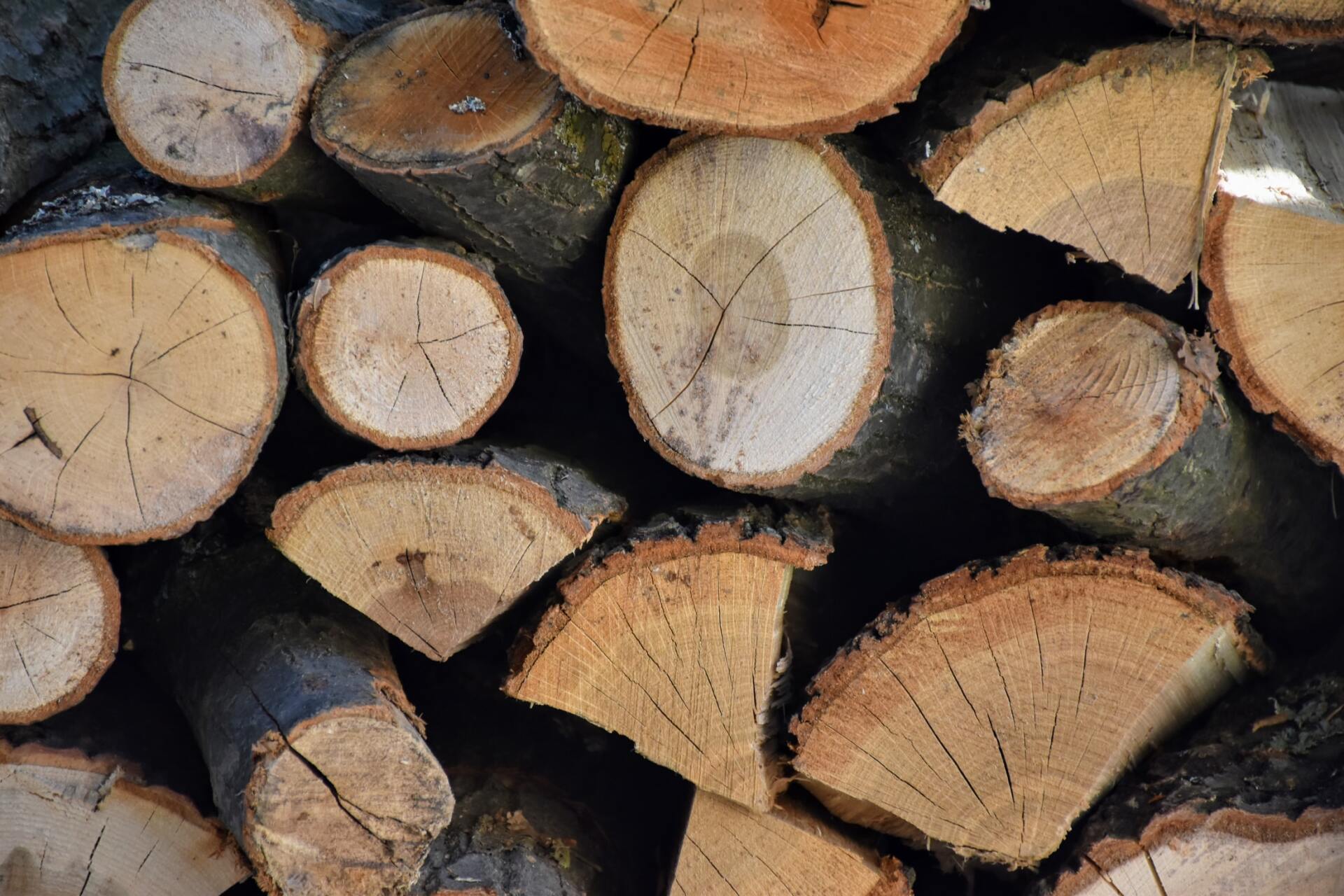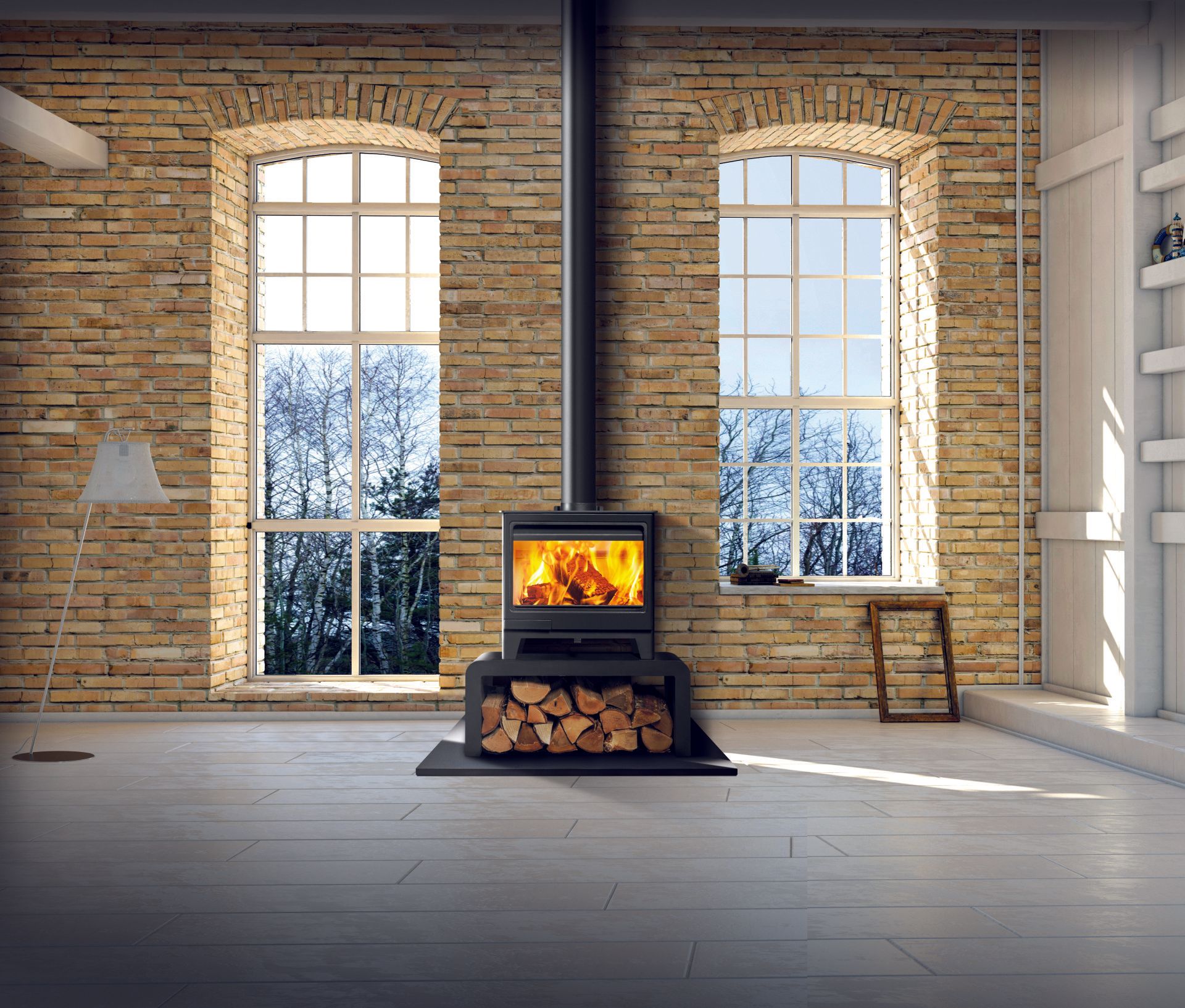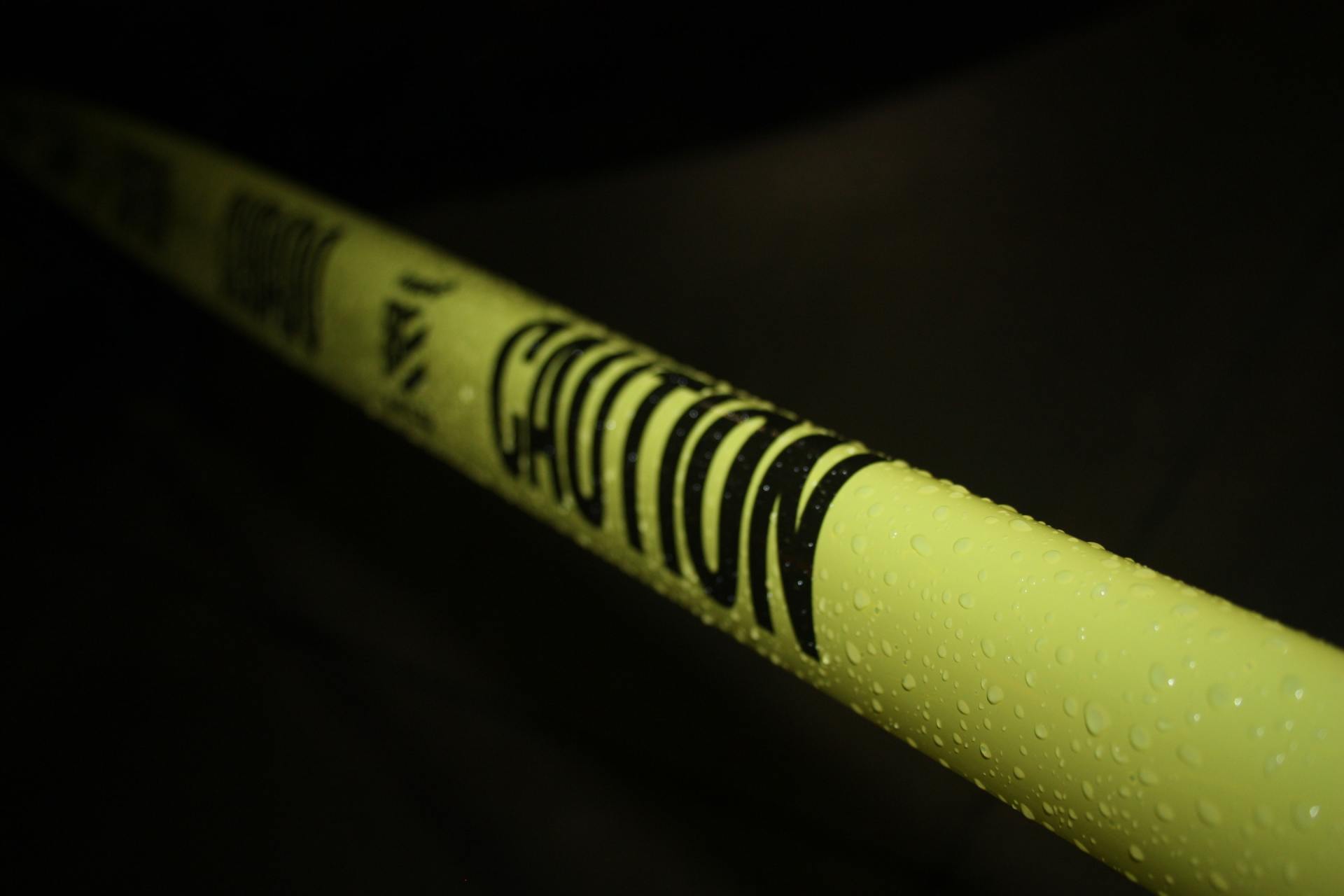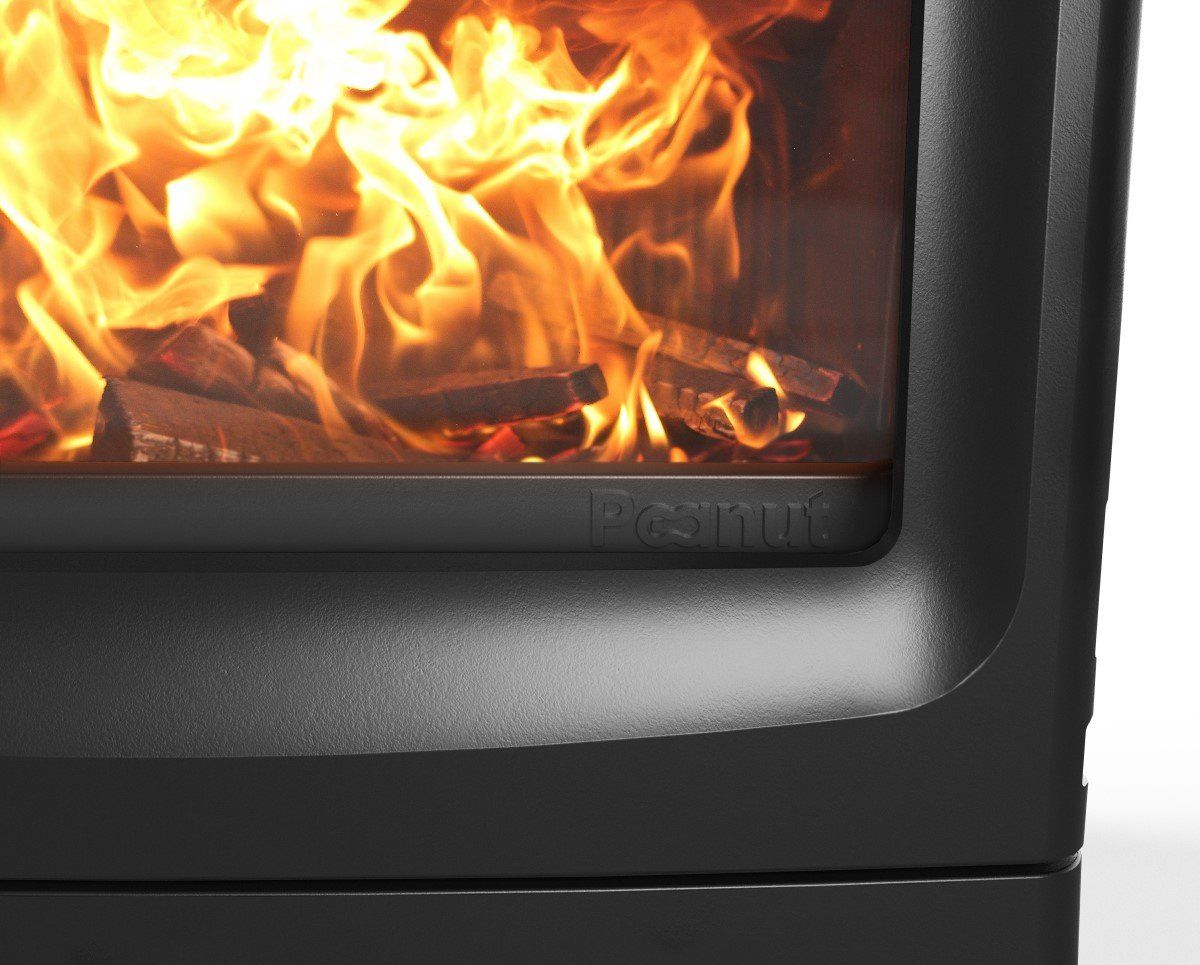Stove Safety
How to ensure Woodburner and Multi Fuel Stove Safety.
Ensuring your Wood Burner or Multi Fuel stove is safe for us is vital. An unsafe Wood Burner or Multi Fuel stove can be life threatening, because of the increased chance of a chimney fire and carbon monoxide poisoning.
Over the past 12 years we have had homeowners coming to us with concerns about the safety of a previously installed wood burner or multi fuel stove. Once we have surveyed these fires we have found these customers often have more than valid concerns and the stove and/or installation is in fact unsafe.
This has caused us great concern and therefore, we have decided to write a guide on woodburner and multi fuel stove safety.
With regulations and recommendations constantly being updated, this guide is for those who are new to wood burners and multi fuel stoves, those who are considering having a stove installed and the veterans who have been using them for years.
Ensure the stove is safely installed.
Since April 2005 installations of solid fuel appliances have required a Certificate of Compliance. This certificate confirms the installation is compliant and the appliance is safe to use.
A HETAS registered installer will provide this certification upon completion of the installation.
OR
A builder can apply for a Building Notice from your Local Authority Building Control Department prior to installation.
We recommend to use of a HETAS engineer to ensure the installation is compliant and safe due to the specialist training in solid fuel appliances and installation.
Check if you have a Certificate of Compliance or the builder applied for a Building Notice.
I don't have a Certificate of Compliance
STOP
using the appliance immediately.
FIND
who installed the appliance originally.
CHECK with HETAS and/or your local authority to see if your appliance/ installation was registered and signed off as compliant. You can apply to HETAS for replacement certificates if yours has been lost.
If your installation/appliance has never been certificated/signed off CONTACT
a HETAS registered engineer or HETAS directly to explain your circumstances and discuss how to proceed.
HETAS or a HETAS engineer will be able to guide you in how to proceed based on your circumstances.
I have a Certificate of Compliance but I still have concerns.
CONTACT
the original installer and explain your concerns.
DO
this as soon as you have a concern or notice an issue arising, DON'T
ignore it until it gets worse.
If the original installer continuously fails to fix the issues/concerns contact HETAS directly.
Have a Carbon Monoxide Alarm and make sure it works.
You MUST
have a Carbon Monoxide Alarm for the installation to be compliant.
TEST
your carbon monoxide alarm regularly.
CHECK
with a HETAS registered installer to ensure the alarm is in the correct place.
Sweep your Chimney
Burning wood and smokeless coal produces waste substances such as soot, tar and creosote. These substances can build up which has potentially harmful consequences such as carbon monoxide poisoning and house fires. Regular chimney sweeping reduced the amount of build up from these potentially harmful substances.
At a minimum you need an annual chimney sweep. We advise booking this in either at the end of the burning season in the spring/early summer or before the weather gets cold in late summer/early autumn. This is because the chimney needs to be cold in order to sweep it. A yearly sweep is the minimum frequency we would advise, however two a year is recommended. Some chimneys need to be swept more often, therefore we advise asking your chimney sweep for their recommendation.
Check your home insurance policy and warranty terms and conditions to ensure you comply with the terms, as some require multiple chimney sweeps a year.
Find out more about chimney sweeping here.
Wood Storage
Do not stack or place wood or other combustible materials next to the fire. If combustible materials are too close to a working wood burner or multi fuel stove they can catch fire.
Caution Hot
When working wood burners and multi fuel stoves become incredibly hot. Keep children and animals away from working appliances and ensure you wear heat resistant gloves when operating a wood burner or multi fuel stove.
Avoid Wet Wood & House Coal
Wet wood (Over 20% moisture content) and traditional house coal produce more potentially harmful substances than dry wood (below 20% moisture) and smokeless fuels. This increases the chances of chimney fires and carbon monoxide poisoning.











